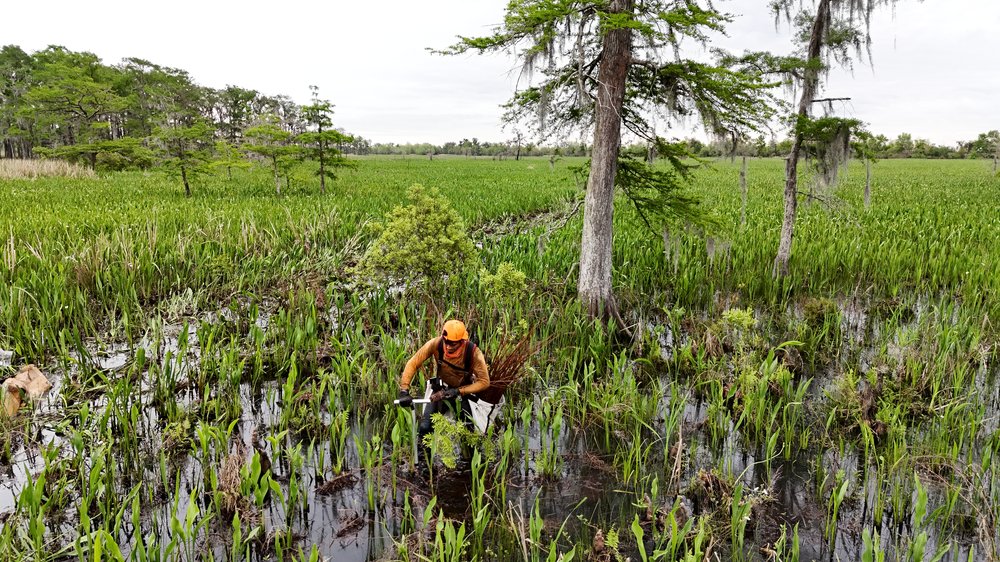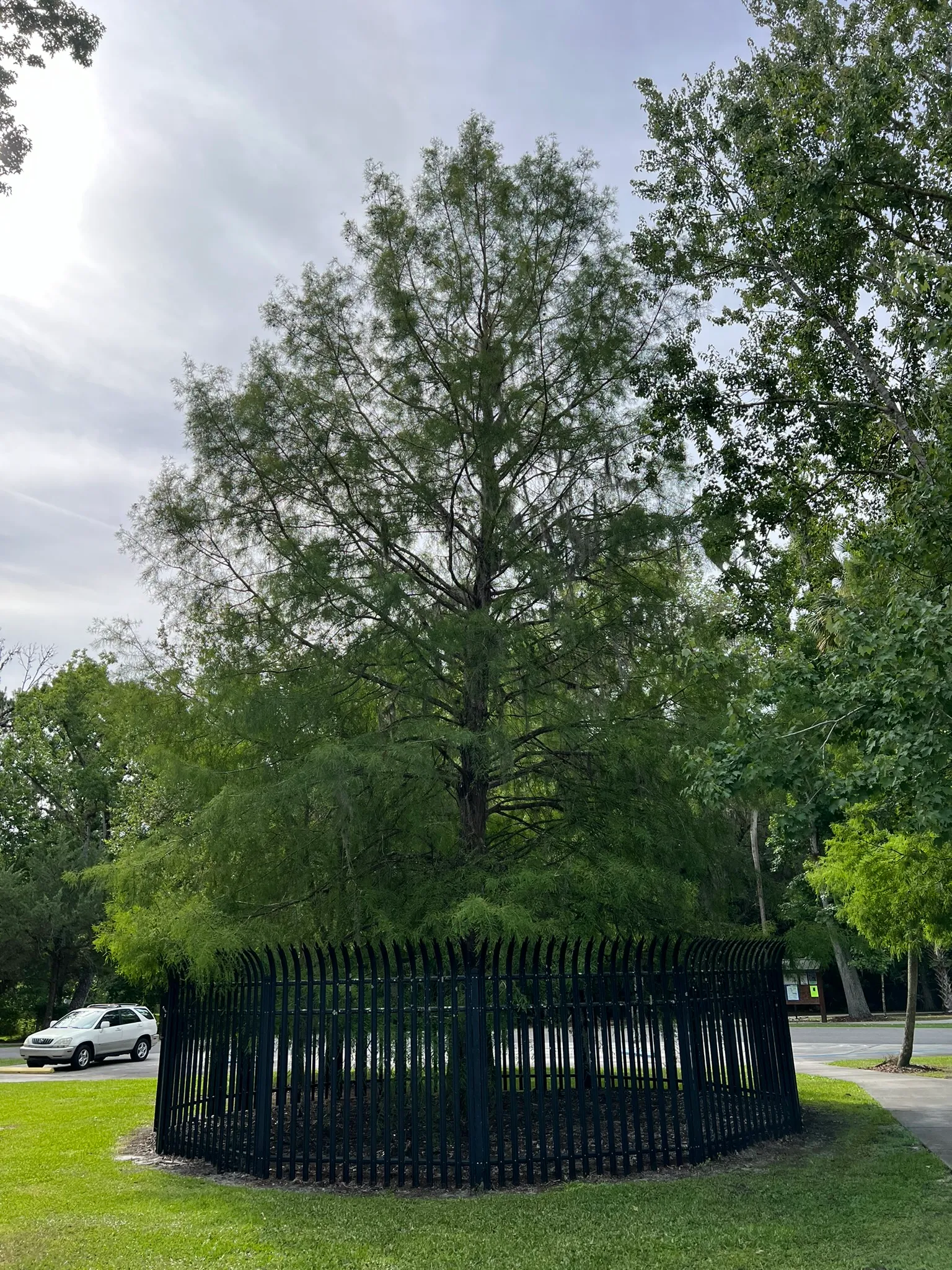Swamp Chestnut Oak
The Swamp Chestnut Oak (Quercus michauxii) is a remarkable native tree known for its tolerance of both wet and dry soils, making it a versatile choice for various landscapes. Reaching heights of 60 to 90 feet with a spread of 30 to 50 feet, it develops an upright form in its youth, which broadens to a rounded canopy with age, making it well-suited as a street tree. Its deciduous leaves, ranging from 4 to 8 inches, are oval with toothed lobes and turn a beautiful crimson red in the fall under the right conditions. The bark is also attractive, featuring a flaky texture with gray and reddish tones, somewhat similar to pecan bark. While requiring full sun for optimal growth, this oak is very tolerant of urban conditions and, once established, needs little to no irrigation. Its large acorns are a prized food source for wildlife, and its wood is valued for lumber. Also known as Basket Oak and Cow Oak, this tree is a valuable timber species of the South, thriving in moist to wet loamy soils along streams and bottomlands, and is a larval host for the brown duskywing and gray hairstreak butterflies.
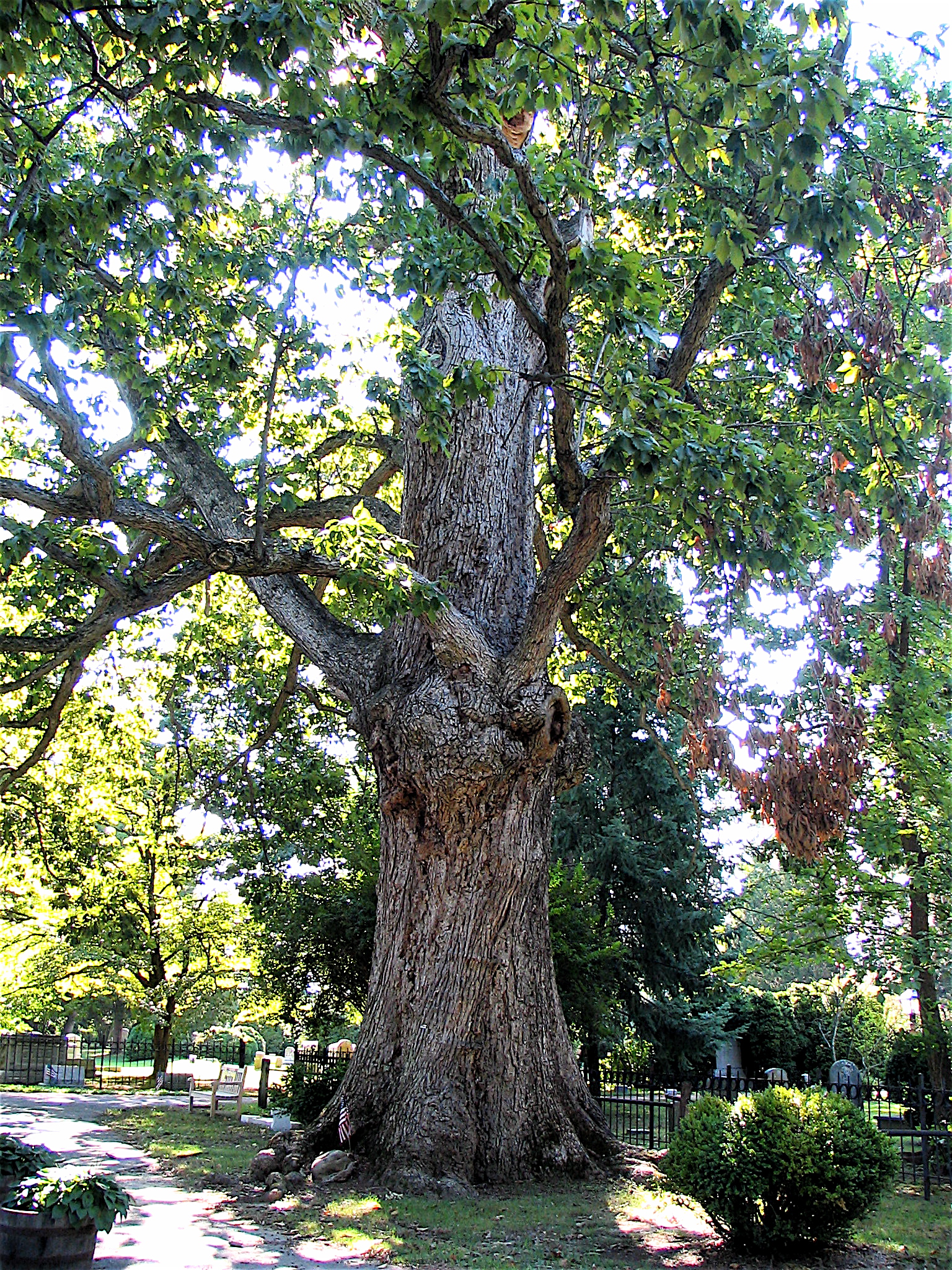
Sizes Available
Wholesale Only
1 Gallon
$4.00
3 Gallon
$8.00
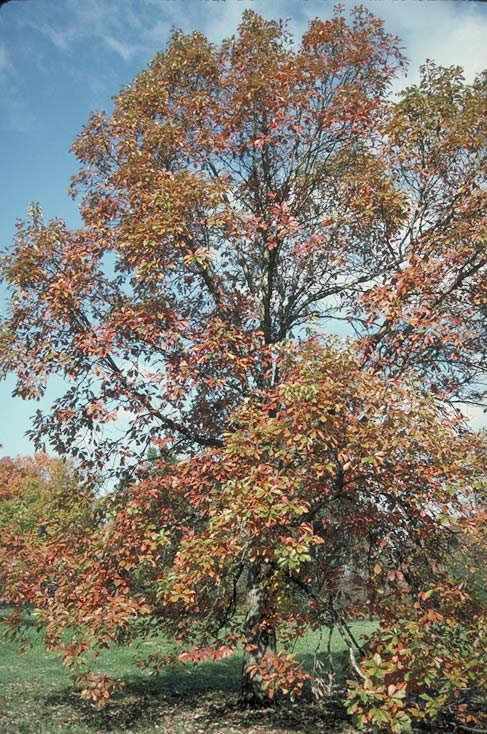
A majestic Swamp Chestnut Oak showcasing its fall color.
Scientific Name: Quercus michauxii
Common Name: Swamp Chestnut Oak, Basket Oak, Cow Oak
Hardiness Zones: The provided information mentions it occurs through north Florida south to Citrus County, and the native range extends from New Jersey to Texas, suggesting a wide range. Specific USDA hardiness zones would typically be within 6a-9b based on the broader range mentioned.
Height: 60-90 ft.
Spread: 30-50 ft.
Growth Rate: Moderate
Foliage: Spring & Summer: Simple, obovate, 4-8” L x 3-5”W, alternate, dentate (toothed) margins, upper surface dark green, lower surface dull and fuzzy. Fall: Crimson red (when conditions are right).
Bark: Thick, light gray, shaggy, with tinges of red within the flakes (similar to pecan bark).
Sun: Full sun.
Soil: Tolerates a wide range of soils, including those poorly drained for short periods and droughty sites. Best growth is attained in acid soil.
Wildlife Value: Acorns are very good for wildlife, serving as mast for various species of birds and mammals. The tree is a larval host plant for the brown duskywing butterfly (Erynnis horatius) and the gray hairstreak (Strymon melinus).
Why Choose Swamp Chestnut Oak?

Adaptable to Various Soil Conditions:
This oak thrives in both moist and well-drained soils, offering flexibility in planting locations and tolerating short periods of saturated soil as well as drier conditions once established.
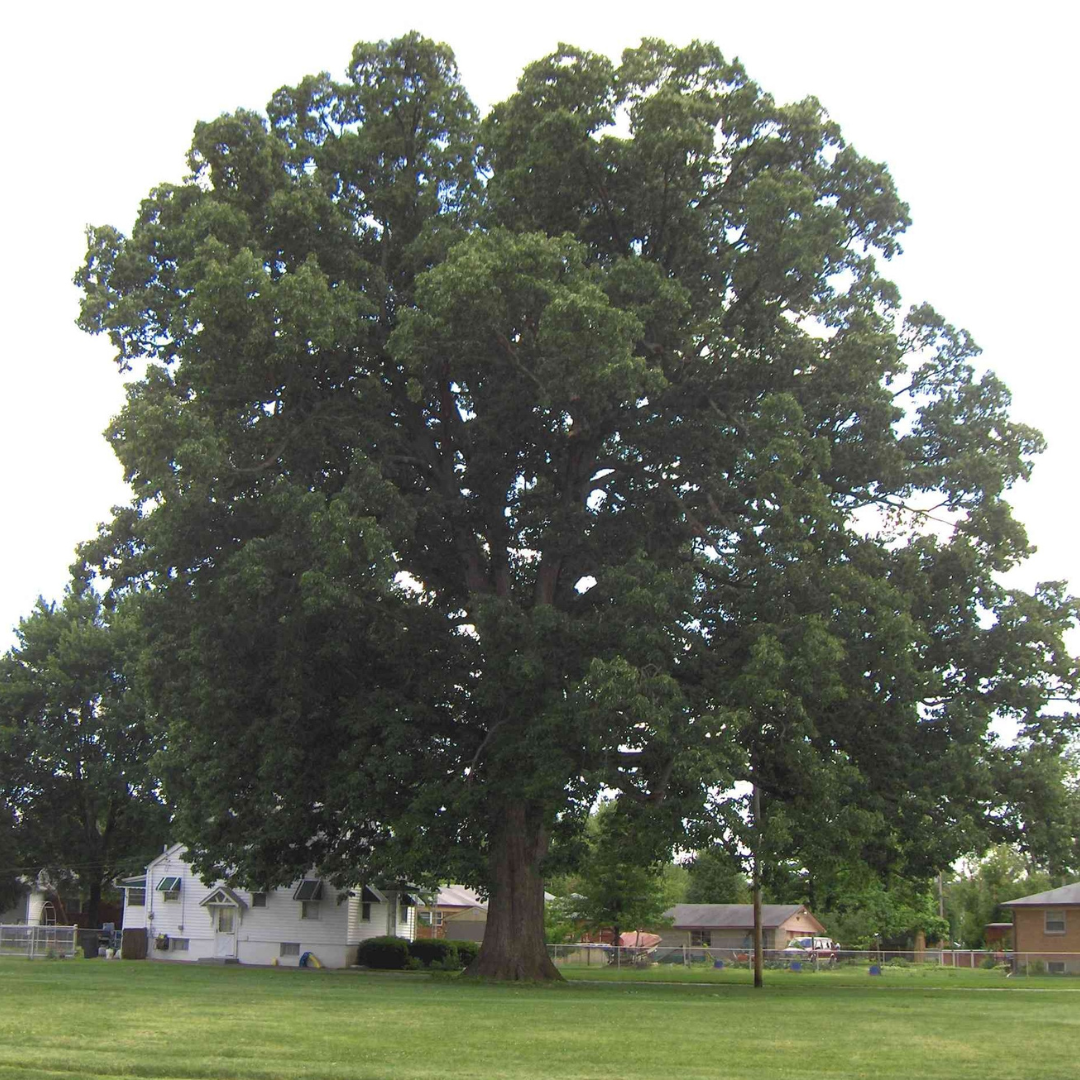
Excellent Shade Tree for Urban Environments:
Its upright growth habit transitioning to a spreading, rounded canopy makes it ideal for street planting and providing ample shade, while also being highly tolerant of urban stresses.

Valuable for Wildlife:
The large acorns produced by the Swamp Chestnut Oak are a significant food source for a variety of wildlife, contributing to the local ecosystem.
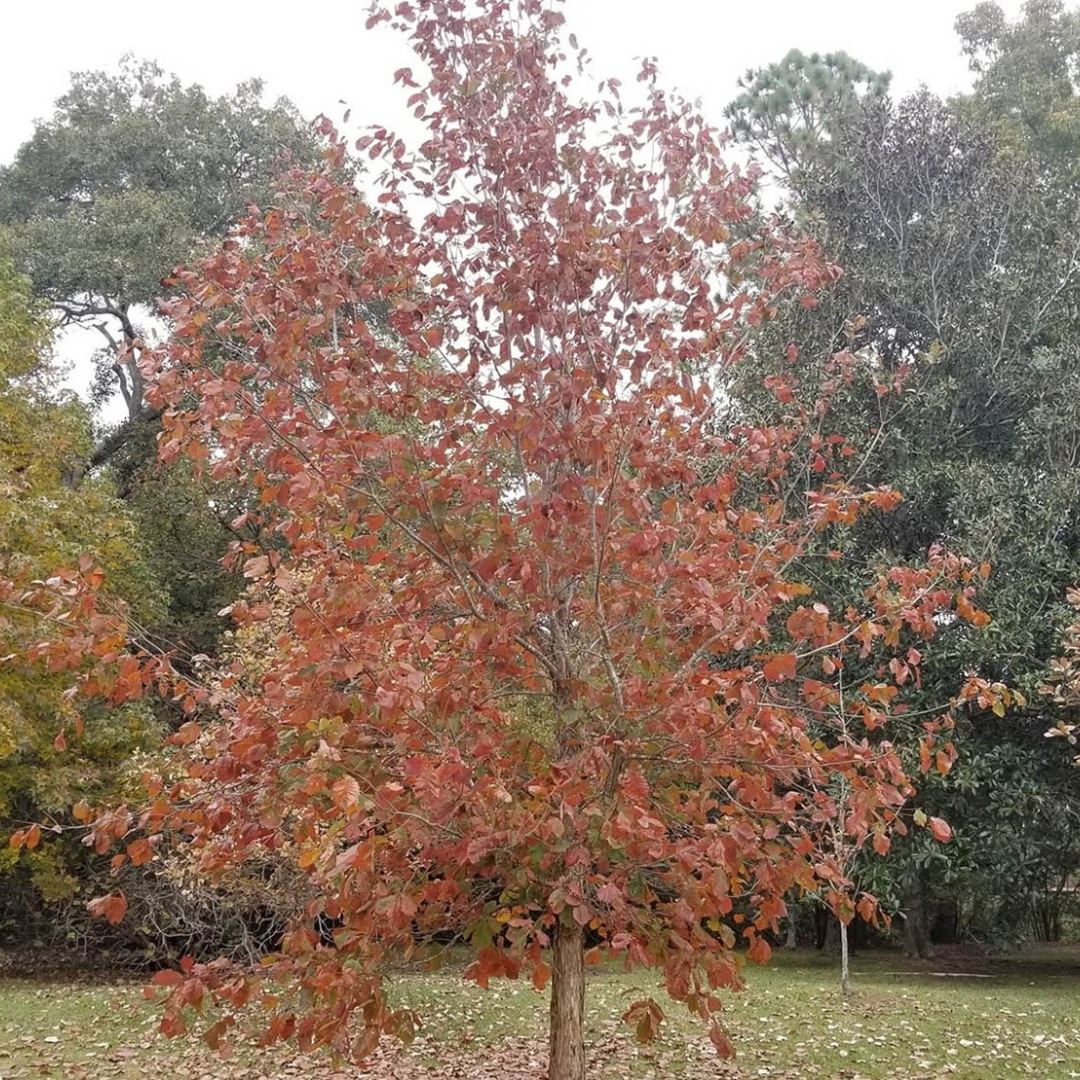
Attractive Bark and Fall Color:
The unique shaggy bark with reddish hues and the potential for beautiful crimson fall foliage add year-round visual interest to the landscape.
Environmental Benefits of Planting Swamp Chestnut Oak
This data is based on US Averages of healthy and mature trees over a 20-year period.
Check out the USDA’s MyTree Tool to input your custom location data.

CO2 Offset
A single swamp chestnut oak can offset the CO₂ emissions produced by driving an average gas-powered car for 15,391 miles.

Water Filtration
A single swamp chestnut oak can absorb enough stormwater to fill 2,829 bathtubs, reducing erosion, runoff, and supporting transpiration.

Removes Air Pollution
A single swamp chestnut oak removes as much air pollution as the weight of 234 smartphones.
Featured Projects
Central Florida Lands and Timber Nursery, LLC. is a wholesale nursery specializing in a wide array of Florida native trees. With an inventory of over 2 million container-grown trees, CFLTN, LCC can meet the needs of large-scale reforestation, mitigation, and landscaping projects throughout the Southeast region.
Phone
(386) 294-1211
Address
3087 North County Road 53 Mayo, Florida 32066

